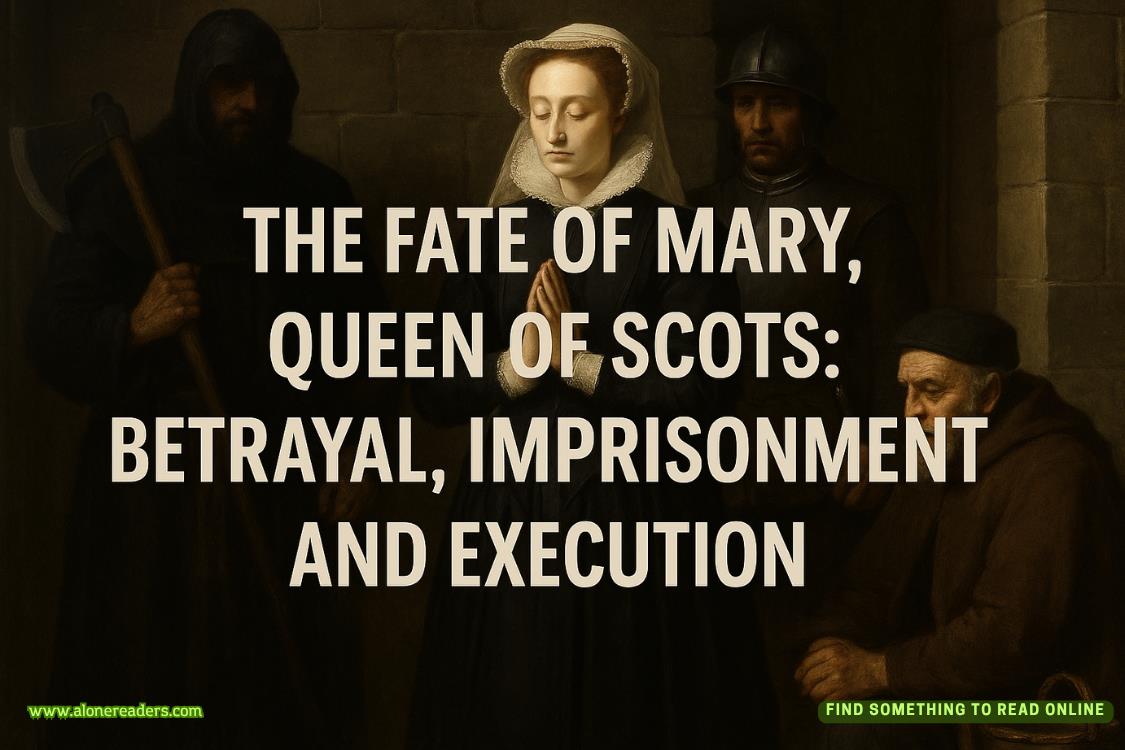Page 53 of Cry Havoc
Instead of imprisonment, Adrik found himself in the hands of the KGB. A serial killer amongst the ranks of the Soviet Armed Forces would only serve to hurt relations with the locals. In an office outside of Moscow, a slight man in spectacles behind a large desk explained that his talents would better serve the State in Department 13, the KGB’s dedicated arm of assassination.
Adrik Voronin had found his calling.
Two years of training at the KGB’s Higher Intelligence School followed. It began with rifles and pistols but soon progressed to homemade explosives, poisons, sabotage, disguises, forgery, and English classes. Department 13’s methods were clear: leave no trace of the hit, keep it clean and plausibly deniable. While the army had provided the bare necessities when it came to sustenance, the KGB fed him like a king.
Following training, Adrik was dispatched from Moscow to kill at the behest of the State. His more brutal methods had been refined, and now his hits on dissidents were far more precise than anything he had done near the docks of Kaliningrad, on the road to Budapest, or the alleys of Chuchkovo.
A small dose of cyanide gas or other clandestine method of assassination at best elicits a cough at the time of application. Not quite the satisfaction that came from bashing in a skull, grinding a broken bottle into a throat, or slicing open an opponent’s bowels, but it would have to do.
Despite his restraint, his career with Department 13 came to an abrupt end due to a special double-barreled cyanide gas pistol. The weapon consisted of two short tubes welded together with long, flat triggers. He had used that method of assassination before, training on it extensively at theKGB training facility outside of Moscow. The weapon was first wrapped in a newspaper to conceal it from view. The operative would then bump into the target on the street, casually raise the paper near the target’s face, and apply pressure to one of the triggers, releasing the deadly cyanide gas.
It was during a hit in West Berlin in 1964, on a particularly vocal dissident, a Ukrainian national attempting to stir up anti-Soviet sentiment, that Adrik’s fortune turned. A KGB surveillance team had established a pattern of life on the target well before the assassin arrived. He studied the location of the hit, memorizing the streets and his exfiltration route. The time and place were set. All Adrik had to do was pass by, raise the paper, and pull one trigger. Instead, he pulled both triggers at once. A mistake? Even Adrik wasn’t sure. Maybe he wanted to feel more than the target’s light cough. By shooting both cyanide loads, trace amounts of the poison were found in the dissident’s lungs. Worse yet, a West Berliner came forward, claiming to be able to identify the killer.
His Department 13 superiors demoted him to the GRU’s Fourth Directorate and shipped him off to Vietnam, where his skills with the blade could be applied to American prisoners of war being held in over a dozen camps in, or in the vicinity of, Hanoi. Because Americans were not recognized legally as prisoners of war by either North Vietnam or the Soviet Union, they were not protected by any conventions governing the treatment of legal prisoners during wartime. They were criminals in an undeclared war.
A Soviet military transport plane had delivered him to Hanoi and when the door opened to the dense, putrid air of a Southeast Asian summer, Adrik felt an immediate distaste for the filth of Vietnam.
How long would he be sentenced to exile?
The war would not last forever, but if he kept his record clean, perhaps he would go back to the KGB and his former masters in Department 13.
Adrik learned quickly. His North Vietnamese counterparts had years of torture under their belts and had become experts in dispensing pain: savage beatings, hanging prisoners upside down and repeatedly shockingthem with power from a car battery, floggings with rubber fan belts, flaying skin off live bodies, lashing with whips, and sleep deprivation. There was a special technique that included catching live rats, putting them in burlap sacks, and tying them around the heads of restrained Americans. Unable to escape the hood, the hungry rats went for the eyes first.
They had driven one man insane by tying him to a chair while rotating guards in at two-hour intervals to whip and beat him every time he closed his eyes. That torture went on for two months. He was given two cups of water and a piece of bread each day. Not permitted to leave the chair, he sat in his own filth, unable to sleep for more than a second. Even Adrik had to admire the American’s resolve. When it was clear he had lost his mind, the American was rewarded with a bullet to the back of the head.
For the most part, the assassin was forced to suppress his natural inclination to kill. The North Vietnamese had orders to extract confessions from the Americans for war crimes, which meant keeping them alive. After four months, an NVA guard left Adrik alone with an American prisoner. When the guard returned, he found Adrik sitting in a chair looking at a dead man, the floor awash in blood. Adrik had sliced through both of the American’s femoral arteries and watched him die. The guard called for help and began berating Adrik in Vietnamese. When additional guards entered the room, Adrik’s blade was imbedded in the guard’s throat.
That was the final straw that led to his incarceration.
How much longer could he last?
Adrik was pulled from his memories back into the hell of his underground tomb by footsteps above. Was it time to be thrown more of the slop that passed for food? Dirt fell through the small holes as the top was unlocked and pulled aside. Squinting, he looked up at a group of NVA guards. Instead of being pelted with rice, a strip of cloth was thrown into the hole.
“M?c nó vào!”one of the guards shouted.
Adrik knew enough Vietnamese to understand that meant “put it on.”
He placed the material over his eyes and tied it in a knot behind his head.
Hands reached into the hole, grabbed him under his arms, and dragged him from the pit.
His leg shackles were unlocked and removed.
What was going on?
Maybe they had decided to kill him after all?
Too weak to fight back, he let himself be led across what he suspected was the open yard of a compound. He felt the sun on his head knowing that with the malnutrition his black hair had started to fall out.
Maybe it was almost over? Perhaps he would see his grandmother soon.
He smelled the food before he heard a door open. Chicken. He felt the slightest of temperature changes as the beating rays of the sun were replaced with the shade of an overhead structure. The smell of freshly cooked poultry overpowered his senses. A chair was moved and the hands that had guided him this far helped him into a seat. He was ravenous. He heard feet cross the room away from him and then heard the door shut. He remained motionless wondering if a beating or a bullet were next. Instead, he heard a voice in Russian.
“Remove your blindfold, Comrade.”
Adrik slowly moved his hands to his face and pushed the cloth blindfold from his eyes, letting it drop to the floor.
A man was seated across from him, a handsome man in a tan button-up shirt with epaulettes at the shoulders. He was set back from the table, his right leg crossed over his left. His green slacks stood out to Adrik for their cleanliness. A Makarov pistol was in a black leather holster on his belt. He was trim, freshly shaven, with neatly cropped blond hair and dark blue eyes. Adrik immediately recognized him as an officer from a Soviet intelligence service.















